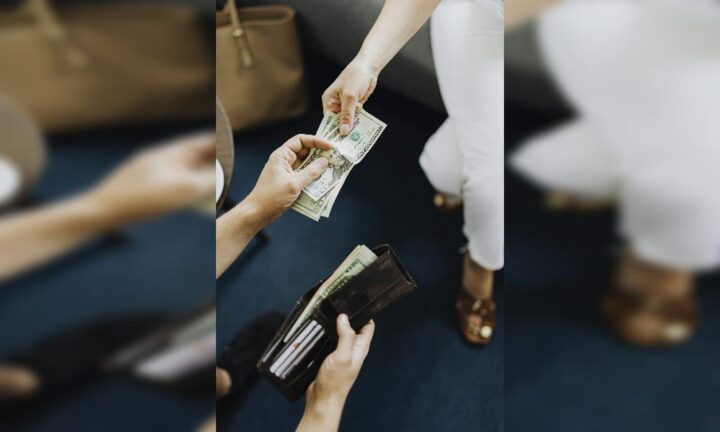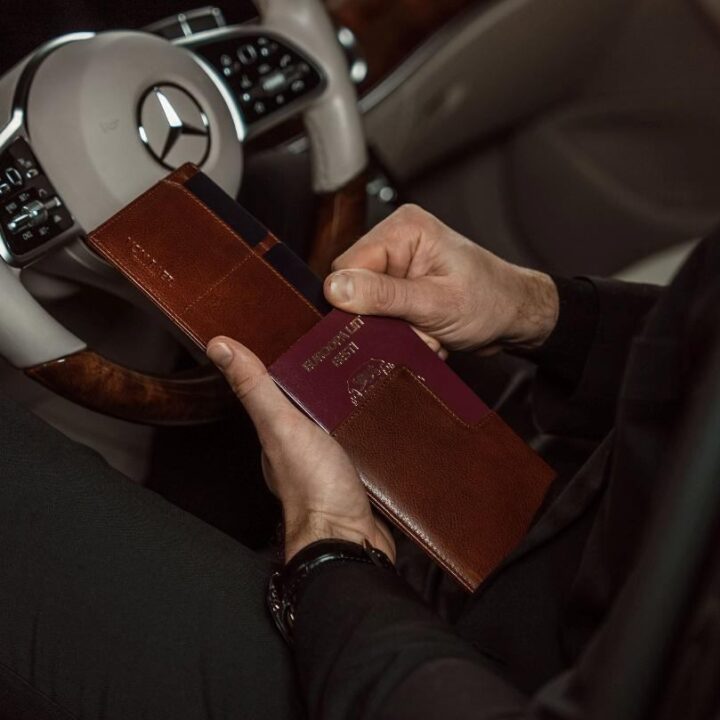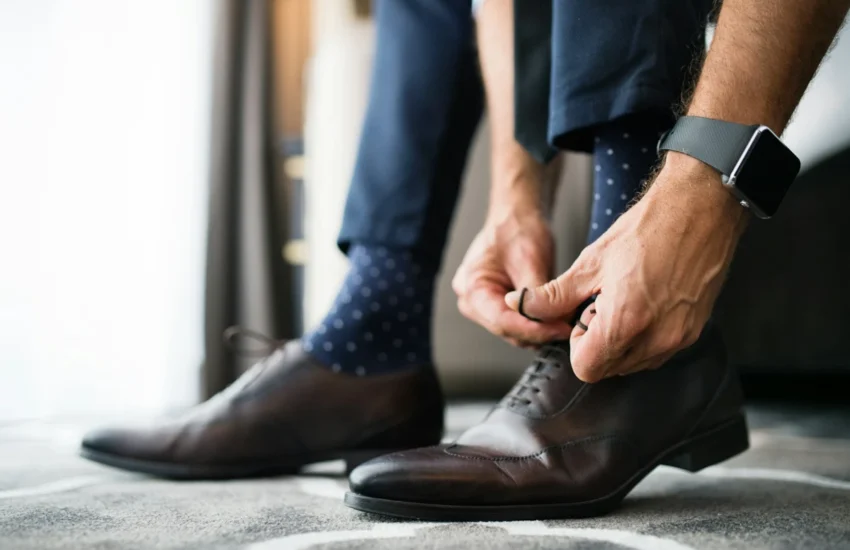Travel Smart: The Ultimate Guide to Choosing a Good Wallet
A travel wallet isn’t just a practical accessory; it’s a crucial component of a stress-free journey.
Selecting the right one can mean the difference between a seamless trip and a disorganized nightmare.
Here’s a detailed guide to making an informed choice.

Functionality Over Fashion
While style is important, the primary function of a travel wallet is to keep your travel essentials organized and secure. Look beyond mere aesthetics and consider the following aspects:
- Multiple Compartments: Ensure separation of currency, travel documents, and cards. This helps in quickly locating items without a frantic search. For instance, having a dedicated slot for your boarding pass can save precious minutes at the airport.
- RFID Protection: This shields your cards from electronic theft. RFID blocking is essential in today’s digital age where contactless cards can be skimmed without your knowledge. It’s a small investment for peace of mind.
- Zippered Pockets: These prevent items from falling out accidentally. Think of times when you’ve rushed through security checks; secure zippered pockets can save you from the embarrassment and hassle of picking up scattered belongings.
For example, on my last trip to Europe, my travel wallet with multiple compartments saved me from a frantic search for my boarding pass at the airport.

One good option I found was the Travel Organizer by Von Baer (link), which has a built-in passport compartment, multiple card slots, and two cash compartments.
They are handmade from certified Italian vegetable-tanned full-grain leather, which is the best possible grade you can get.
Size and Portability

A travel wallet should be large enough to hold your passport, boarding passes, and currency, but not so bulky that it becomes cumbersome. This has also led to an innovation in payment options (source).
Consider the balance between capacity and convenience:
- Compact Design: A well-designed wallet should fit easily in your pocket or carry-on. This ensures that you don’t have to fumble through a bulky bag at every checkpoint.
- Lightweight Material: Opt for materials like ballistic nylon or carbon fiber that are lightweight yet sturdy. These materials can withstand the rigors of travel without adding unnecessary weight.
I remember choosing a slim, lightweight wallet for a hiking trip. It fit snugly in my jacket pocket, keeping my hands free and my essentials secure.
Durability and Material
Travel wallets are subjected to a lot of wear and tear. The material you choose will affect its longevity and functionality. Invest in materials that offer both durability and style:
- High-Quality Leather: Offers durability and a timeless look. Full-grain leather, while more expensive, develops a unique patina over time, adding to its character.
- Water-Resistant Fabrics: Protects contents from spills and rain. Consider wallets made from materials like waxed canvas or Cordura, which provide excellent water resistance and durability.
During a beach vacation, my water-resistant travel wallet was a lifesaver, safeguarding my money and documents from unexpected splashes.
Security Features

Security is paramount when traveling. Ensure your wallet has features to protect your valuables:
- Zip Closures: Secure your items against accidental loss. Zippers made from materials like YKK are known for their reliability and durability.
- Straps or Clips: Attach to your belt or bag for added security. A detachable wrist strap can offer additional security in crowded places.
- Hidden Pockets: Conceal important items from potential thieves. These pockets are perfect for storing emergency cash or backup credit cards. See this research into safety.
When I visited a crowded marketplace, the hidden pocket in my travel wallet kept my emergency cash safe from pickpockets.
Ease of Access
Travel can be stressful, and fumbling through a disorganized wallet can add unnecessary frustration. Look for features that enhance accessibility:
- Quick-Access Slots: For frequently used items like your ID or credit card. These slots should be strategically placed for ease of reach.
- Clear ID Window: Allows easy display of identification without removal. This is particularly useful in countries where frequent ID checks are required.
On a business trip, the quick-access slot in my wallet allowed me to swiftly pull out my hotel key card, streamlining check-in.
How Do I Maintain and Care for My Travel Wallet?
Proper maintenance can extend the life of your travel wallet. For leather wallets, regular conditioning can prevent drying and cracking. For fabric wallets, spot cleaning with mild soap and water can keep them looking fresh. Always allow your wallet to air dry completely before using it again.
What Should I Do If My Travel Wallet Gets Lost or Stolen?
If your travel wallet is lost or stolen, having a backup plan is crucial. Keep photocopies of essential documents like your passport and driver’s license in a separate location. Store emergency contact numbers and a list of card issuers’ hotlines to quickly report and cancel lost or stolen cards. Additionally, consider a travel insurance policy that covers loss or theft of personal belongings.
Summary
Choosing a travel wallet involves balancing practicality, security, and style. By focusing on essential features such as multiple compartments, durability, security, and ease of access, you can find a wallet that meets your needs and enhances your travel experience.
Remember, the right travel wallet keeps you organized, secure, and ready for any adventure.


